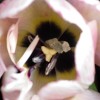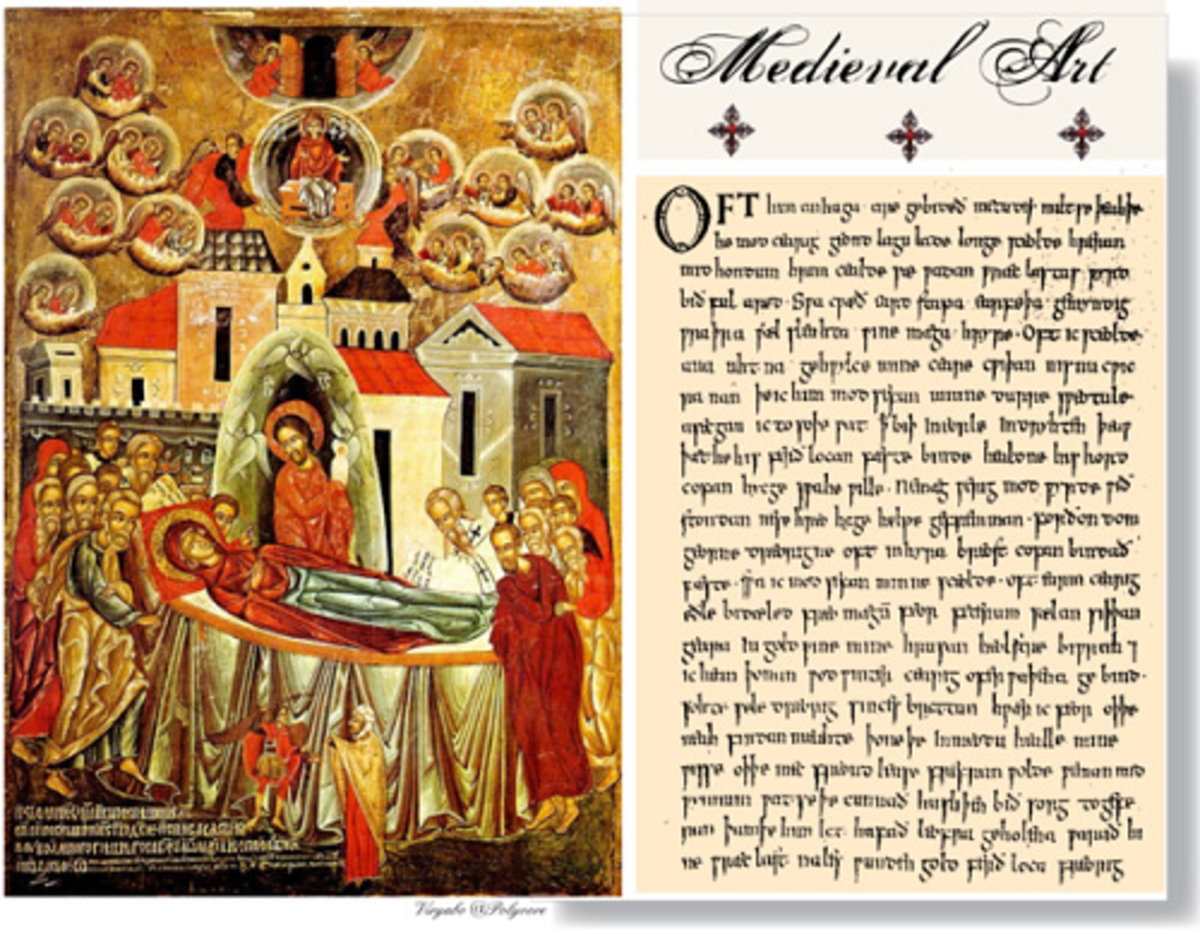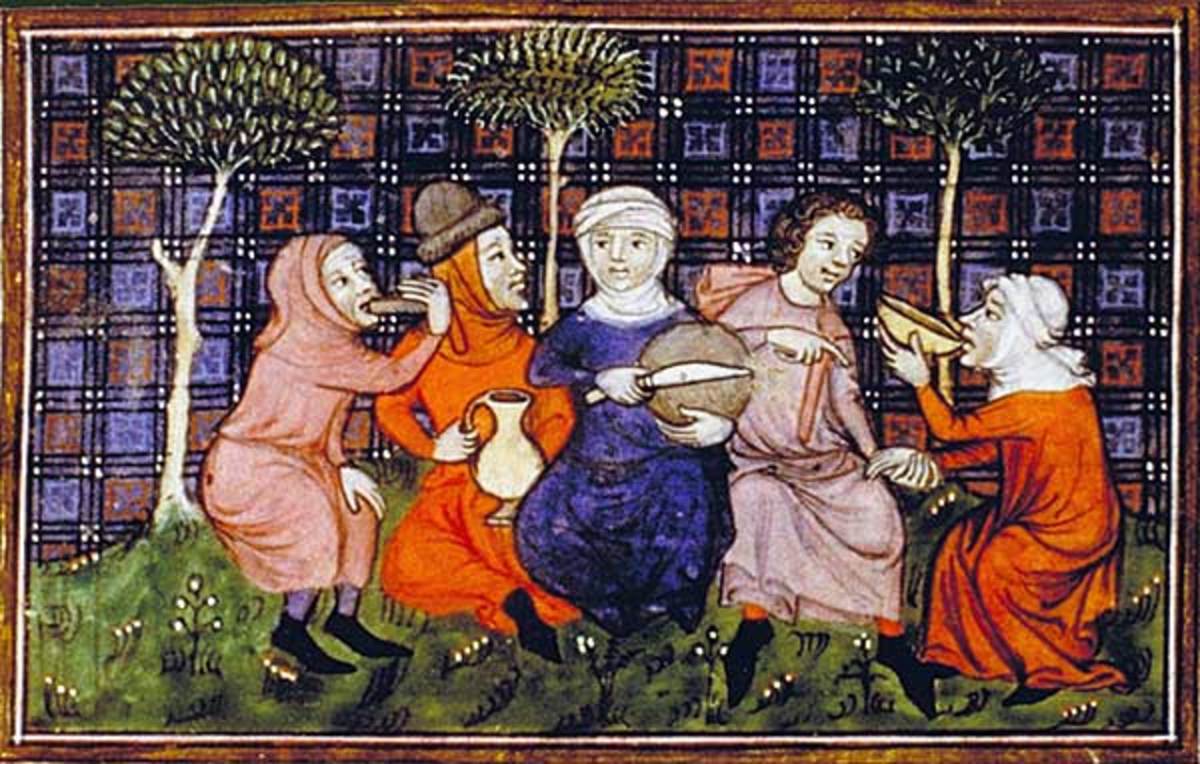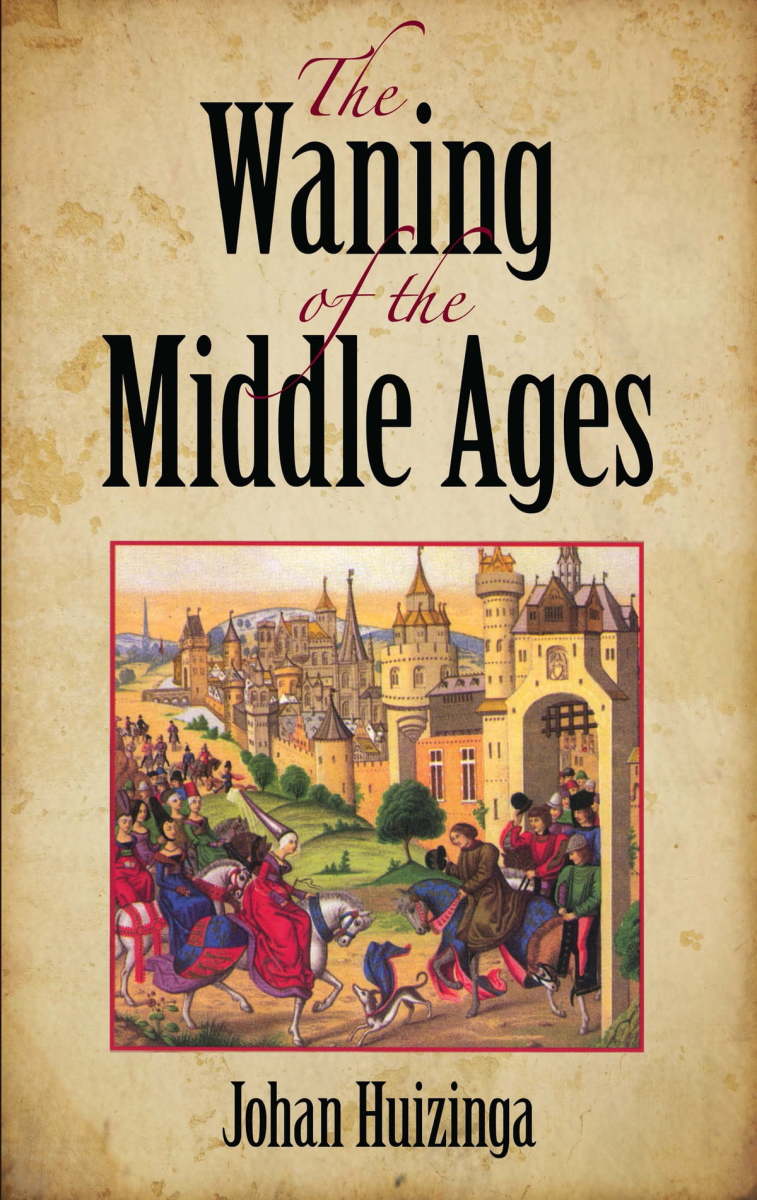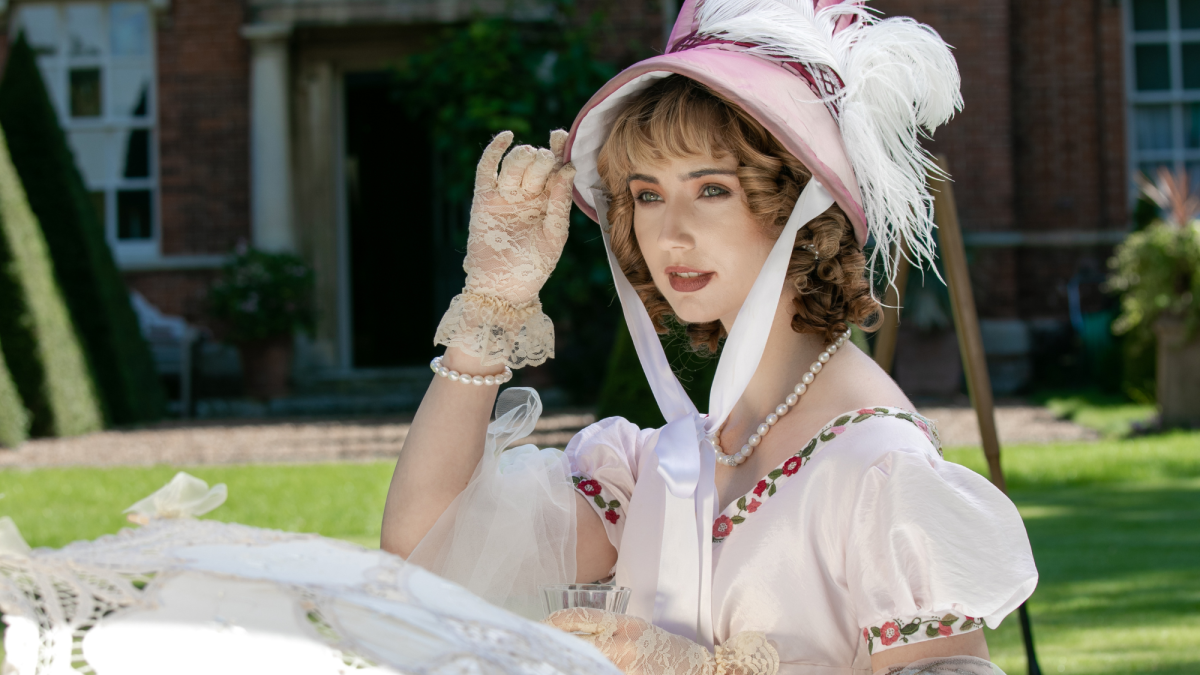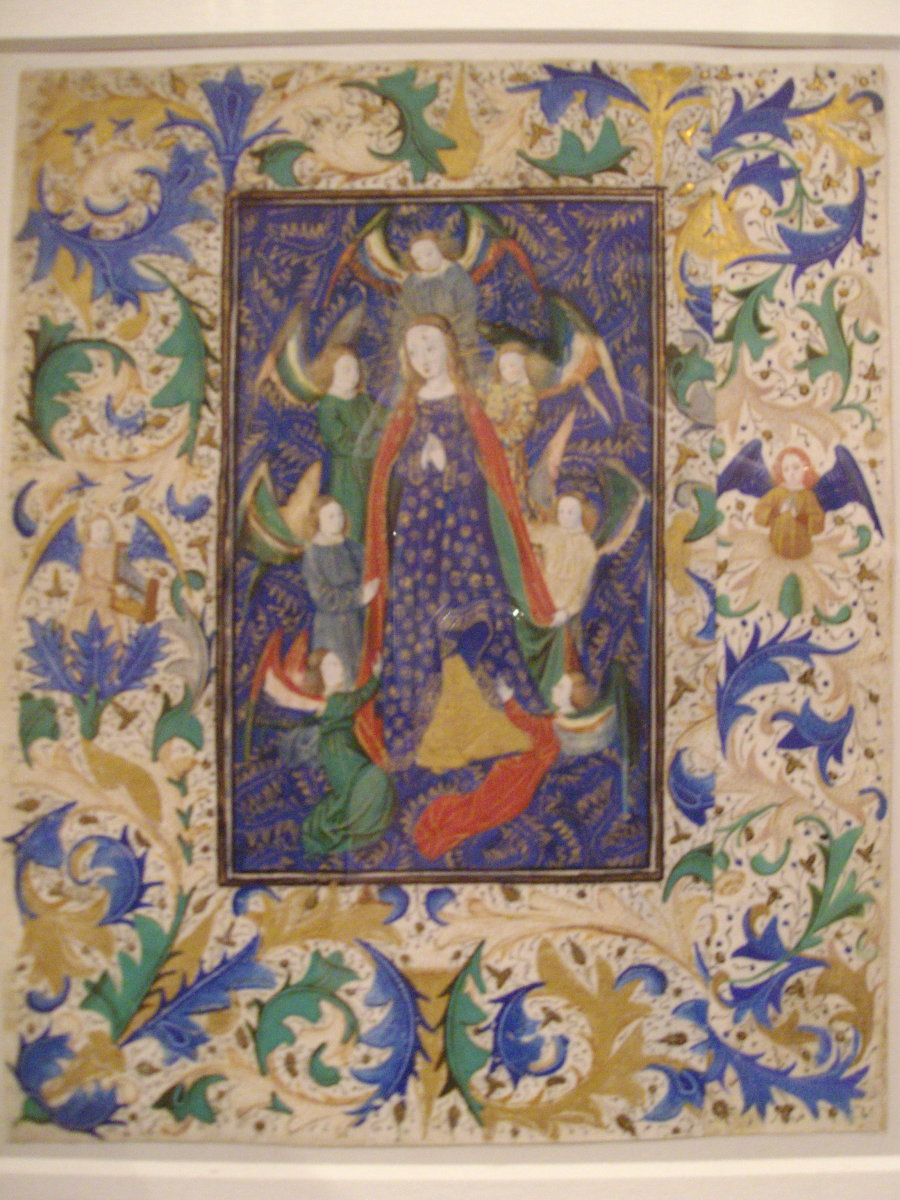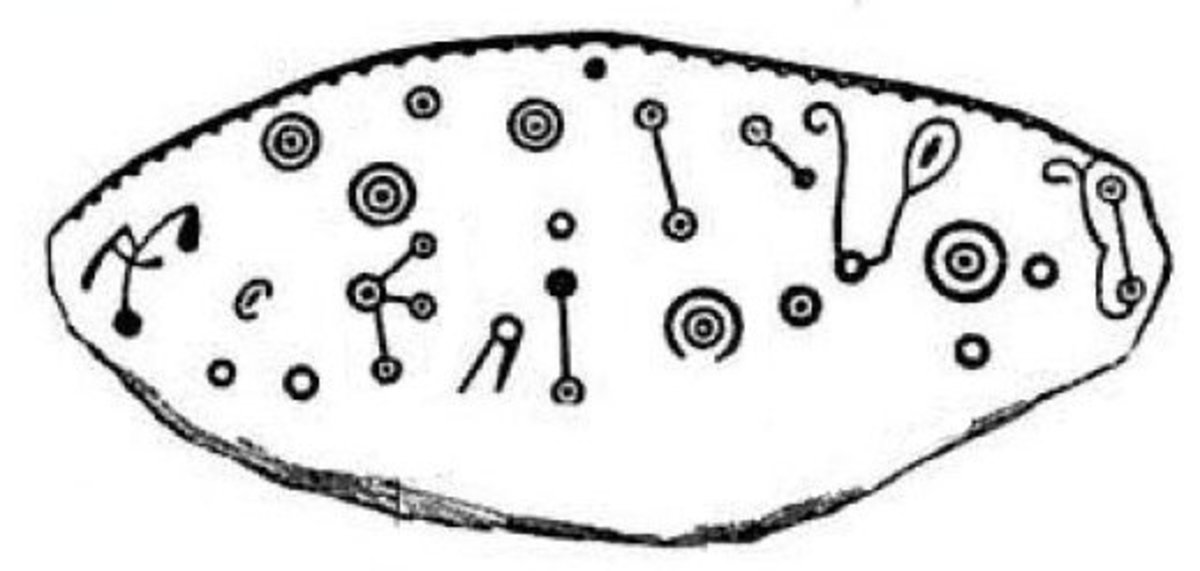Gothic Art and Architecture - Was It Innovative and Original?
Images 1, 2 & 3
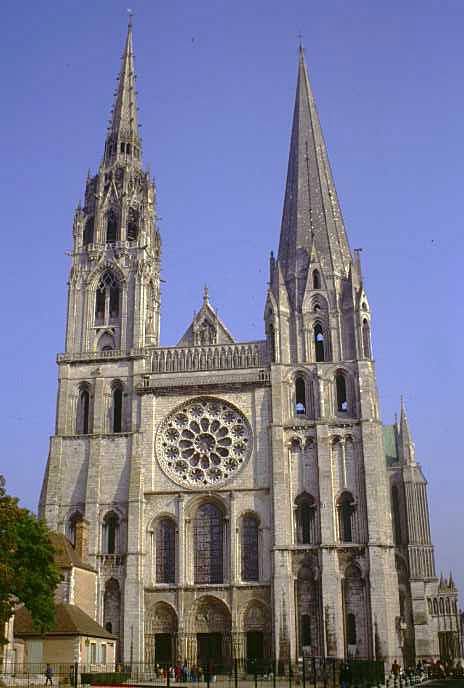
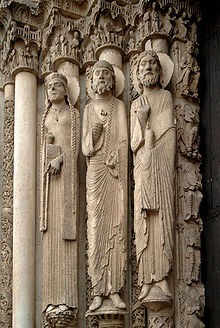
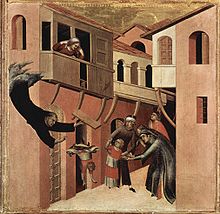
Can the Gothic style of art in the late middle ages really be considered innovative if it was in some ways influenced by Middle Eastern art and architecture suc
“During the late middle ages, the Gothic style of art and architecture was a bold development, considered opus moderandum (modern work). Was the Gothic style innovative?”
Can the Gothic style of art in the late middle ages really be considered innovative if it was in some ways influenced by Middle Eastern art and architecture such as Siennese Painting and Saracen Engineering? I would like to support the notion that, while Gothic art and architecture of the late middle ages was indeed influenced by means of the travels of the Crusaders to the Middle East, the communalistic approach to art as an expression of devotion and religion as opposed the individualistic expression of the sole artist is indeed innovative. By means of the examples of a gothic painting by Simone Martini dating between 1285 and 1344 as well as the transitional Gothic Cathedral in France, Chartres, renovated in the Gothic style between 1140 and 1150, I would like to consider the aspects which would have, at that time in our history, been modern and innovative.
The nature of Gothic Art of the late middle ages appeals to my sense of altruism and justice firstly in that each individual could in some way have a part in the building of the centre of town life, the Cathedral, as a means of the expression of their devotion to the God they worshipped and, indeed, Mary the mother of Jesus who was widely revered in the middle ages. For “the Gothic period coincided with a great resurgence in Marian devotion, in which the visual arts played a major part.” (Wikipedia, 2010.) The second appealing concept is that small pieces of Gothic Art, namely, paintings on wood board, were widely available even to lower class citizens, thus enabling art to be more widely accessible to the masses. Indeed, to me this is a period in time where an equalising effect took place with regards who was privileged enough to own art. In fact, in the 15th century, cheap prints, mostly in woodcut, were introduced which made it possible for even peasants to have devotional art at home. (Wikipedia, 2010.) Thirdly, a great appeal of late middle ages Gothic Art is that it centres around communal effort and the communal reaching for a higher goal, the artistic expression which ultimately would praise a higher being while at the same time bringing the community together. This new, accessible, form of devotional communal art out was indeed innovative.
How did the Gothic style of art come about, and, how did it get its name? Contrary to recorded claims such as that of Italian Giorgio Vasari, Renaissance artist and writer, according to whom medieval architecture was “invented by the Goths,” Gothic art originated in France before the middle of the twelfth century and was referred to by the non-French European nations of the time as opus francigenum which is translated French work. The term Gothic drew its popularity from the contrast between the medieval art which “seemed so barbaric” in comparison with the idealised beauty of Roman art and architecture. However, this style of art spread from France to England, Germany, central Europe, Spain and Italy. In the early nineteenth century, Gothic art went on to receive recognition as the “refined intellectual and aesthetic achievement of a highly developed society.” (Hartt, 1985.)
Five definitive aspects characterised the Gothic style of this period. Firstly, the consistency of the style from country to country was remarkable. Secondly, competition developed between artists, architects and sculptors where they were aware of what their compatriots were doing elsewhere and constantly striving to beat each other at their own game. Thirdly, this style lasted well into the sixteenth century. Fourthly, the structures created during this period technically surpassed anything prior, and were without precedent; and, lastly, “Gothic art was the first Western art to present a believable image of a complete human being.” (Hartt, 1985.) These latter two definitive aspects of the Gothic period specifically represent this style as innovative and modern in its time.
The Cathedral of Chartres is a masterpiece of transitional Gothic architecture, sculpture and stained glass which is located southwest of Paris. Due to fire damage, parts of the original Romanesque cathedral were replaced with Gothic elements. Thanks to the Gothic innovation of the flying buttresses, which dispersed the weight of taller buildings over a wider surface area, allowing for very tall spires as well as mass areas of stained glass windows, Chartres was enhanced with one of the most beautiful spires of the Gothic period, the south tower. (Hartt, 1985.) Gothic sculptures graced its walls. The architectural statues on the Western (Royal) Portal at Chartres Cathedral are the earliest example of Gothic sculptures and are known as revolutionary in style due to their appearance. They represented the earlier stiff and elongated Gothic style of sculpture that later developed into a spatial and naturalistic style of sculpture in the late twelfth and early thirteenth centuries. (Wikipedia, 2010.) Once more, the terms modern and innovative apply to the Gothic style of medieval times past.
Image 1
Image sourced from http://hercules.gcsu.edu/~rviau/chartres.html
Image 2
Image sourced from http://en.wikipedia.org/wiki/Gothic_art
Gothic painting did not appear until approximately fifty years after the Gothic style period of art and architecture began. The transition from Romanesque to Gothic painting was gradual. Gothic features included figures animated in pose and facial expression, smaller in relation to the background of the scene, and arranged more freely in pictorial space, contrary to Romanesque style paintings. Paintings in this period were primarily frescos, panel paintings, manuscript illumination or stained glass, all intended to enhance either the community centre and centre of worship, the Cathedral, or else illustrate God’s written word by means of Biblical or religious manuscripts. Frescos graced church walls and stained glass graced church windows reaching to the heavens, thanks to the new heights reached by Gothic architectural structures, illuminated the interior with a colourful misty light of dancing colours. Panel paintings began in Italy in the thirteenth century and spread to Europe so that by the fifteenth century they were more common than stained glass in churches, and the most complete record of Gothic painting is provided by the illuminated manuscripts which have been preserved to provide stylistic record where other forms of painting would not have survived.
Between 1285 and 1344, a Gothic style painting by Simone Martini was born. This painting represents the innovative Gothic style, modern at the time, in a few ways. Firstly, the figures in the painting are small in relation to the background scene, they are active, moving; there is an energy to them. They are arranged freely in the space they are in, setting a scene which is decidedly more natural than the figures of the Romanesque era which preceded them. There is a sense of animation in these depicted characters which breathes life into the Biblical scene of this typically Biblically-themed Gothic painting. The curves on the buildings in the background remind me of the curved angles of the flying buttresses of the time which made their architecture so unique. The figures, together, active, remind me of the medieval community, centring on the church and bonded by religion, the idealistic historical vision in my mind which has been created by my study of Gothic style art and architecture of the medieval period.
Image 3
Image sourced from http://en.wikipedia.org/wiki/Gothic_art
These two works of art, the Chartres Cathedral and the painting by Simone Martini, illustrate the innovative and modern facets of this period in time. They merge together the distinctive features of Gothic art and architecture and give the blessed onlooker a composite picture of the spirit of community and religious devotion of the time, and of the people of the time. Gothic art and architecture has introduced facets, such as the architectural feats and the detailed and beautiful pictorial and sculptural record, which are carried through modern art and architecture today in various ways and which are definitively reminiscent of the tumultuous middle ages.
Bibliography:
Hartt, F. 1985. Art – A History of Painting, Sculpture, Architecture. New York; Harry N.
Abrams, Incorporated.
Various Authors and Sources. 2010.
Gothic art. http://en.wikipedia.org/wiki/Gothic_art (accessed September 20, 2010).
